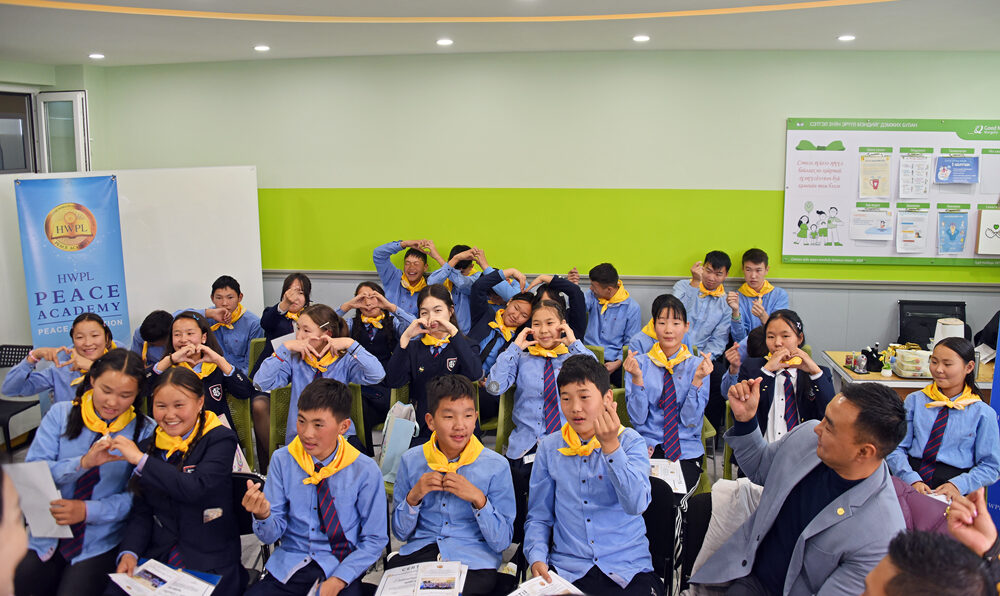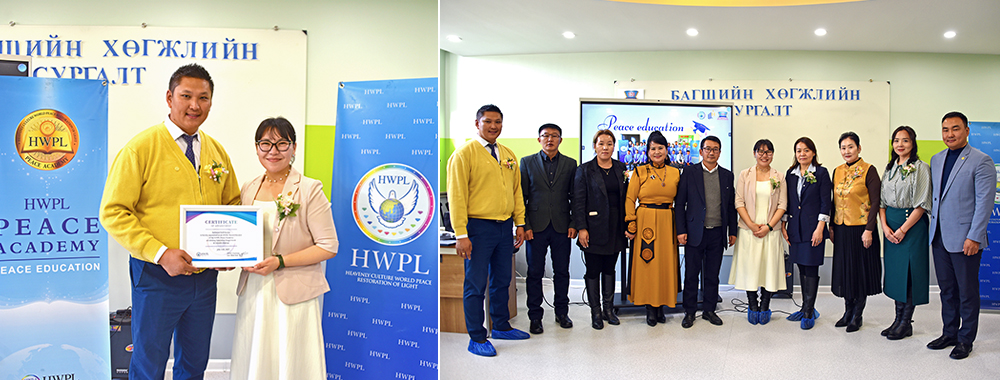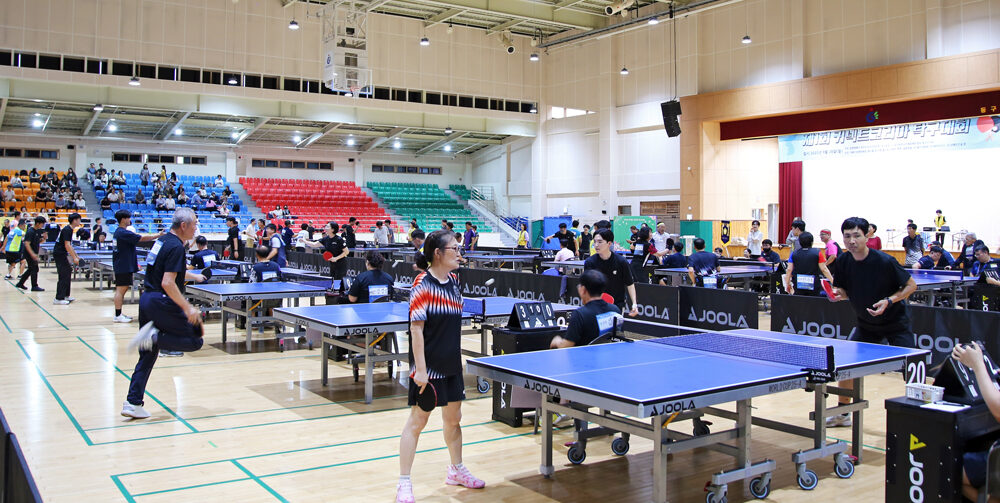Chairman ManHee Lee is the head representative of the global peace organization HWPL (Heavenly Culture, World Peace, Restoration of Light), which is striving for the enactment and implementation of the international peace law 'Declaration of Peace and Cessation of War (DPCW)'. The DPCW is a legal instrument comprised of 10 articles and 38 clauses that can end wars and hostilities throughout the world. HWPL is also spreading a culture of peace and implementing peace education.
Chairman ManHee Lee experienced the cruelty and tragedy of war as a veteran of the Korean War. This is one of the reasons why he founded a global peace campaign as the head of HWPL. He has traveled the globe more than 35 times to meet and persuade politicians, legal experts, journalists, professors, peace activists, civil organization leaders, heads of tribes and others to unite them for the work of peace. The significant fruits borne out of his hard work are the World Alliance of Religions' Peace (WARP) Summit and HWPL Peace Committee. The DPCW was drafted and finalised by the HWPL Peace Committee.
How, you may wonder, do I know this? About 10 years ago, when I had just been discharged from military service, I came to know HWPL and Chairman ManHee Lee while researching the topic of civil conflicts to satisfy my curiosity in ongoing global issues. At that time, the island of Mindanao in the Philippines was suffering from a major civil conflict that lasted more than 40 years, and Chairman ManHee Lee and HWPL resolved this conflict through non-violent means.
Chairman Lee brought an end to the conflict in Mindanao by holding a peace talk between the warring Catholic and Islamic groups. Before the talk, HWPL and Chairman ManHee Lee held a Peace Walk to spread the culture of peace in Mindanao with the many locals who had gathered out of a desire for peace.
Chairman ManHee Lee's pressing appeal today is that humanity unites for sustainable peace in order to pass on the legacy of peace to future generations worldwide. He doesn't just talk peace, but has worked tirelessly for it through practical peace campaigns for over a decade.
I decided to become a supporter of HWPL and Chairman ManHee Lee's peace initiatives because I also desire a world of peace for all posterity.
Today I'd like to introduce an article regarding HWPL WARP Office Signboard Hanging Ceremony in Korea :)
HWPL WARP Office Signboard Hanging Ceremony and Peace Agreement Held at Guwolsa and Yeonhwasa Temples
“Planting Peace in the Name of Religion”

On September 26, at Guwolsa Temple in Bucheon, Gyeonggi Province, HWPL Global 09 Branch held an HWPL WARP Office Signboard Hanging Ceremony and Peace Agreement (MOU) signing in collaboration with Guwolsa Temple and Yeonhwasa Temple. The event paved the way for practical cooperation to foster interreligious harmony and expand a culture of peace.
The ceremony was attended by nearly 30 participants, including HWPL representatives and distinguished guests, such as Venerable Bulgwang, Chief Executive Director of the Korean Buddhist Bonjo Order and Abbot of Guwolsa Temple; Venerable Seol Song, Chief Executive Director of the Korean Fundamental Buddhist Jogye Order and Abbot of Yeonhwasa Temple; and Dharma Master Jin-gyeong, Abbot of Jiweonsa Temple of the Korean Buddhist Taego Order.
The program proceeded with the introduction of attendees, congratulatory remarks, the screening of an HWPL promotional video, remarks following the unveiling, the signboard hanging ceremony, the signing of the MOU, and a commemorative photo session. After the signboards were hung at both temples, HWPL and the two temples formally signed a peace agreement.

Venerable Bulgwang shared his remarks, saying, “We feel a deep bond in opening a path of peace together with HWPL. This MOU is not merely a signed document—it is a pledge of the heart, a promise to plant peace in the hearts of the people in the name of religion. HWPL’s emphasis on expanding a culture of peace and cultivating peace within is entirely aligned with the teachings of Buddhism.”

Venerable Seol Song emphasized, “True peace is not about erasing differences, but about understanding and coexisting with them. HWPL’s peace initiatives represent a practical effort to realize peace for humanity through harmony among religions. This agreement expresses our resolve that religion should not become a cause of social conflict, but rather the foundation of reconciliation and mutual coexistence. Religion exists to guide people’s hearts toward peace.”
Dharma Master Jin-gyeong, who had previously held a WARP Office signboard hanging ceremony at Jiweonsa Temple, shared his gratitude, stating, “When I first held the ceremony, the two great monks personally attended to offer their congratulations, and I was deeply grateful. I am deeply moved that we can now walk this path of peace together, and I hope we will continue to journey side by side on this road of peace.”
An HWPL representative concluded the event with closing remarks, stating, “We hope today’s gathering will become a beacon for world peace, extending beyond interreligious harmony. True peace becomes reality when the unique values and wisdom of each religion serve as the basis for mutual understanding and respect. HWPL will continue to open the path toward peace in cooperation with diverse religious communities.”
Through this signboard hanging ceremony and peace agreement, HWPL Global 09 Branch will begin strengthening its cooperation with the two temples and continue practical initiatives to spread a culture of peace based on interreligious dialogue and mutual respect. Guwolsa and Yeonhwasa Temples will actively participate with HWPL in various future activities, including youth peace education and community-based compassion programs.





















